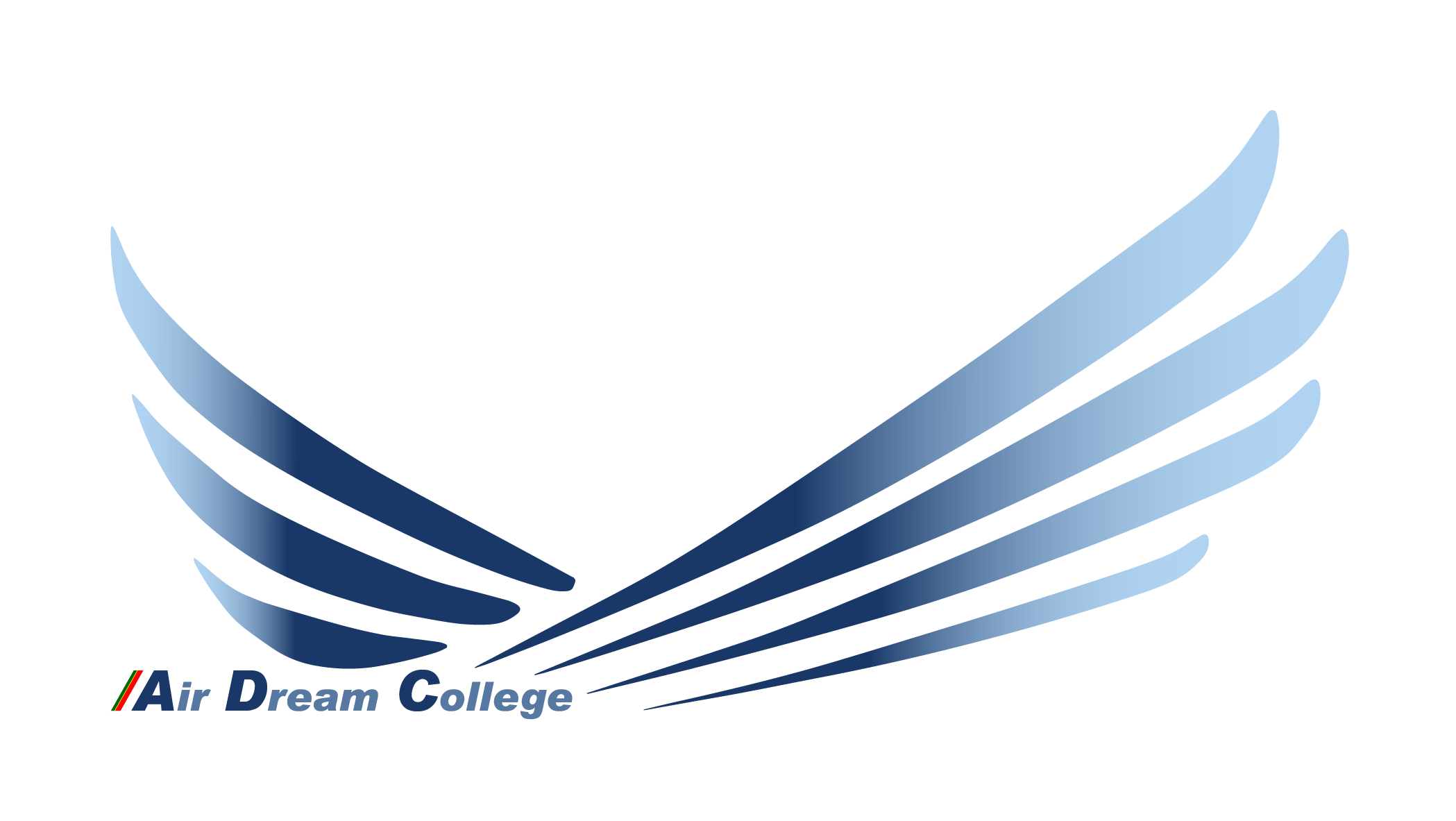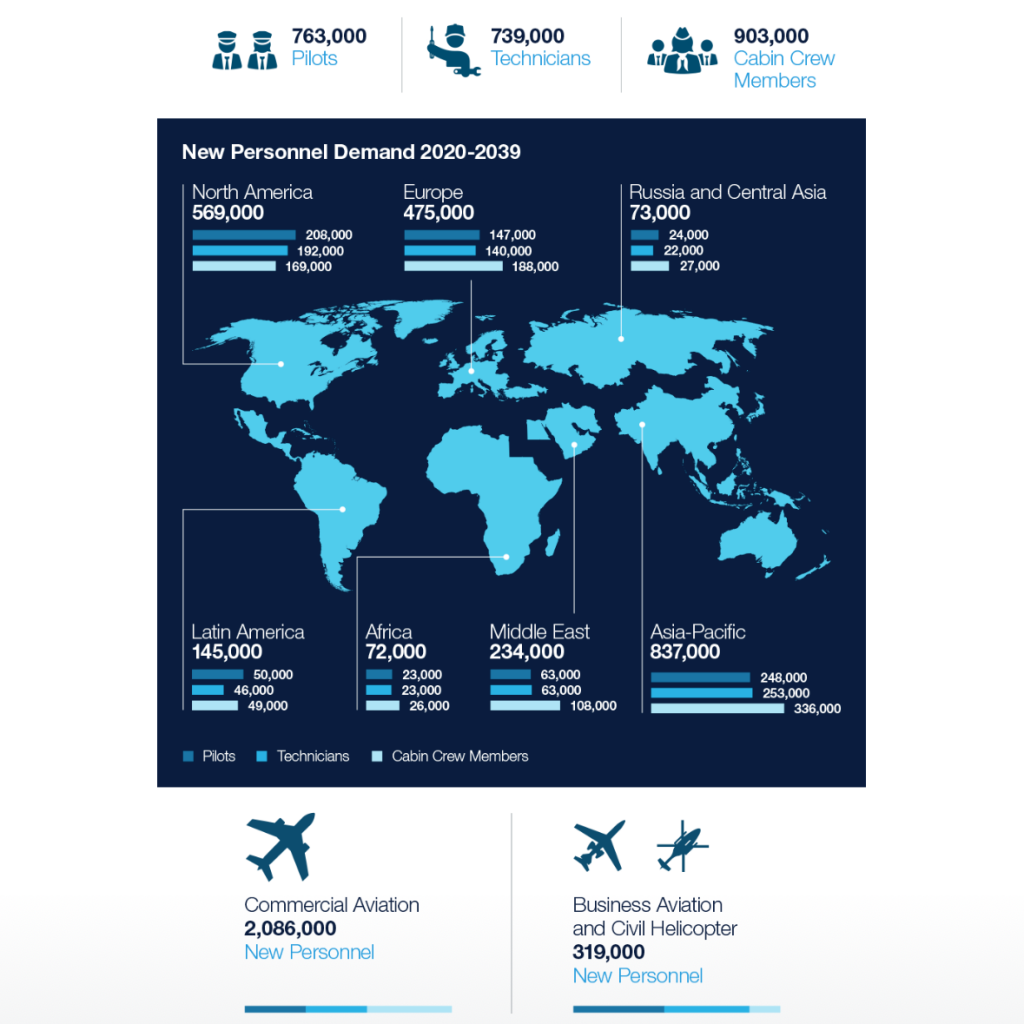The 2020 Boeing Pilot and Technician Outlook projects that 763,000 new civil aviation pilots, 739,000new maintenance technicians and 903,000 new cabin crew members will be needed to fly and maintain the global fleet over the next 20 years.
Air traffic demand and operator flight-hours have declined significantly over the past year, resulting in large numbers of pilot furloughs, layoffs and many others that decided to anticipated their retirement.
Some personnel who are currently furloughed because of the market downturn will find employment in the government and business and general aviation sectors that have previously struggled with shortages amid surging commercial demand. Additionally, as commercial traffic demand returns in upcoming years, aspiring aviators will have the opportunity to fill open positions created by a combination of personnel retirements and fleet growth.
Let’s think Together:
In recent decades, aviation has experienced external forces that have affected demand, such as 9/11, SARS and the Great Financial Crisis and now Covid-19.
Prior to the downturn, the commercial aviation industry was poised to experience a shortfall of qualified pilots and technicians. Analysis of new licenses and certificates issued over the past few years had indicated that the number of new personnel entering the industry was lagging demand. The short-term oversupply allows operators the opportunity to build their pipeline in anticipation of growth returning in the next few years.
Amid challenges posed by COVID-19, the training industry has begun to adopt increasingly innovative solutions. Many providers have transitioned their offerings to online and virtual formats where possible, allowing students to continue their learning safely. Immersive technologies, adaptive learning and flexible distance learning methods are also being explored to enable optimum learning and knowledge retention. Investments in technology that are being made today will likely lead to a long-term fundamental shift in how training is conducted.
Competency-based training and assessment programs are gaining traction, which enables a shift from prescriptive, task-based training to a more holistic approach. Advances in adaptive learning capabilities, artificial intelligence and learner analytics will further personalize training to the individual student so that greater emphasis can be placed on closing knowledge gaps.
The forecast is inclusive of the commercial aviation, business aviation and civil helicopter industries and assumes air traffic recovers to 2019 levels within the next few years.
Source: https://www.boeing.com/commercial/market/pilot-technician-outlook/#/methodology


